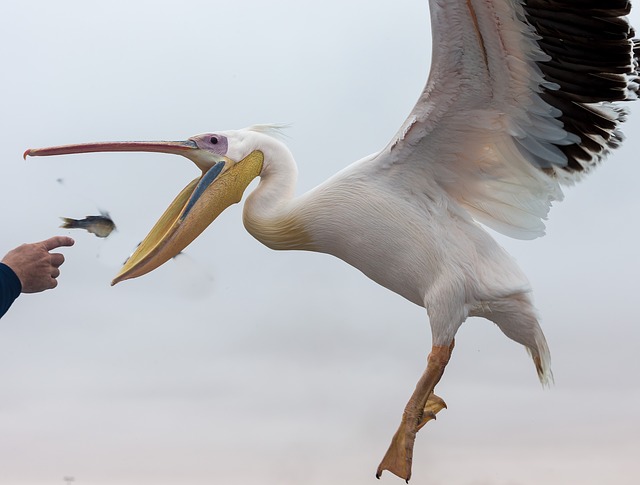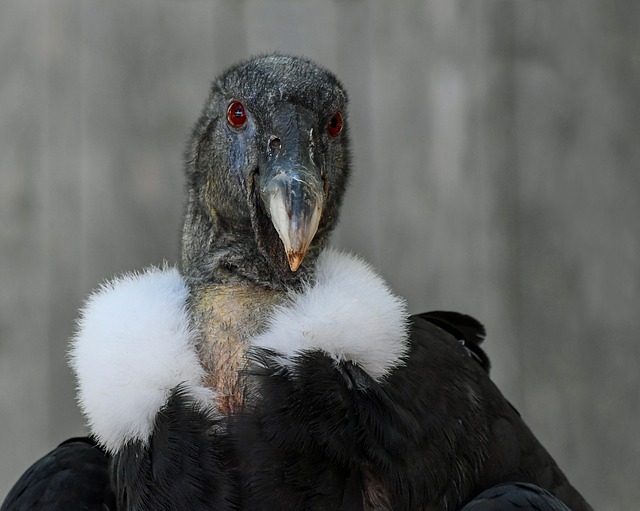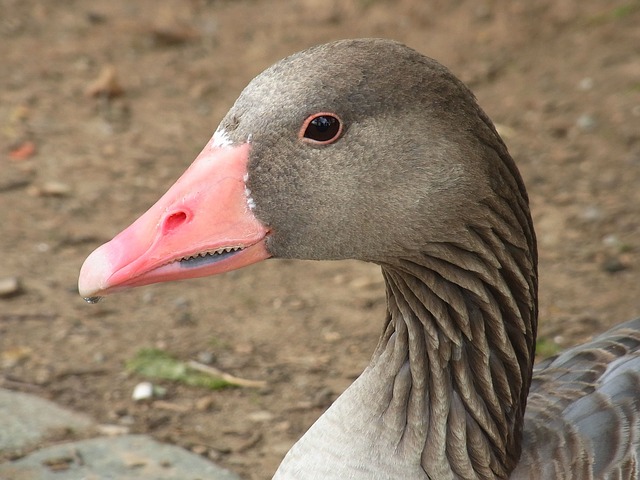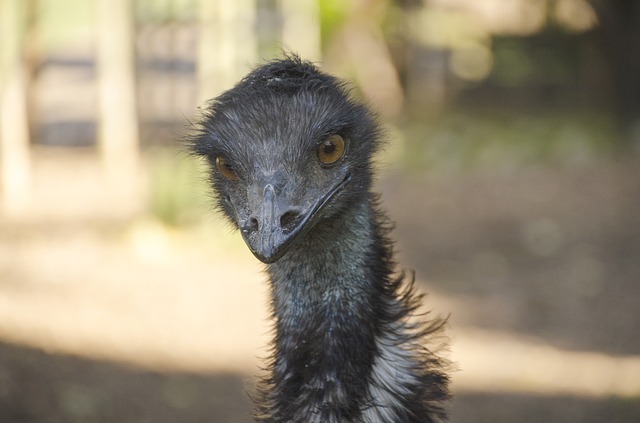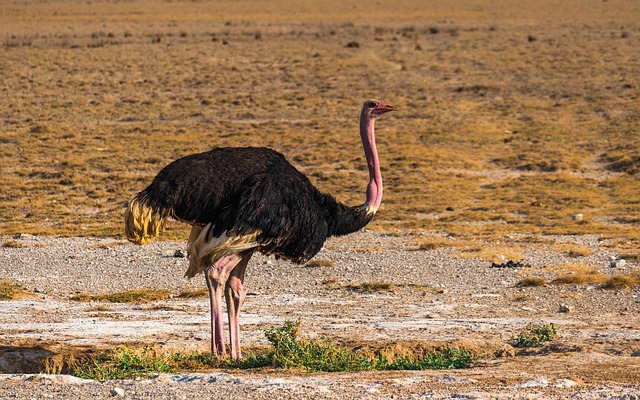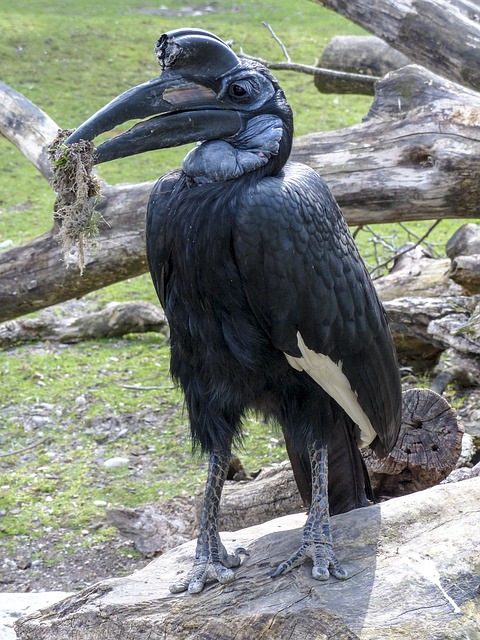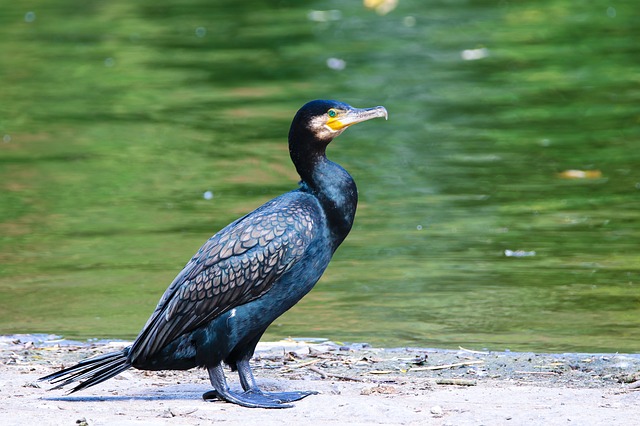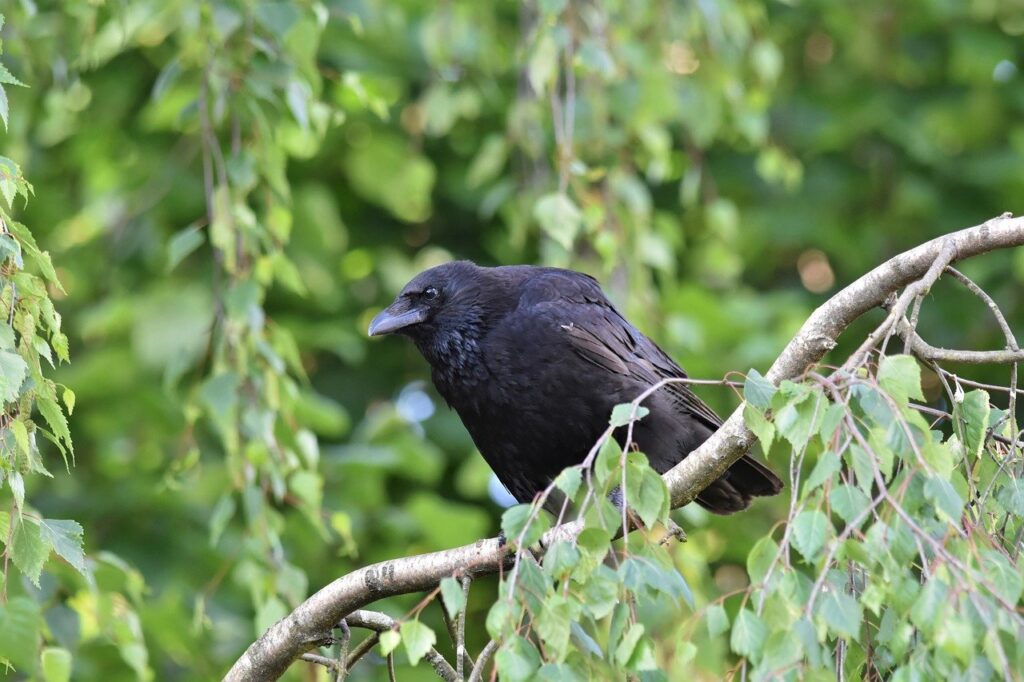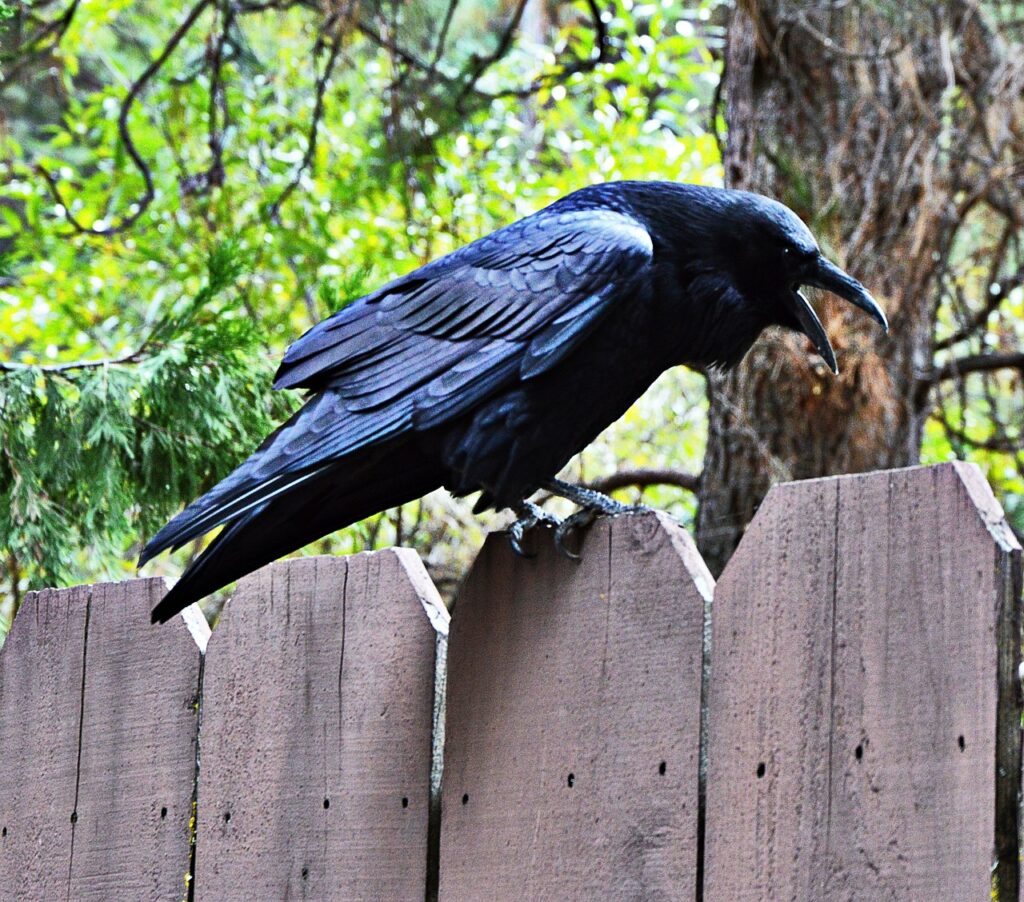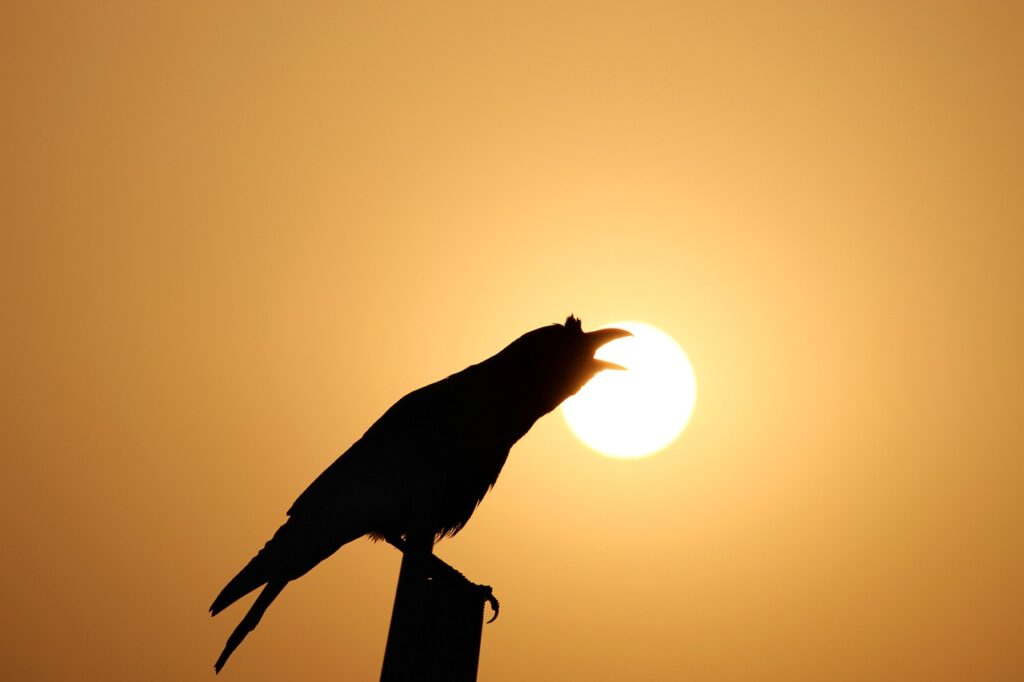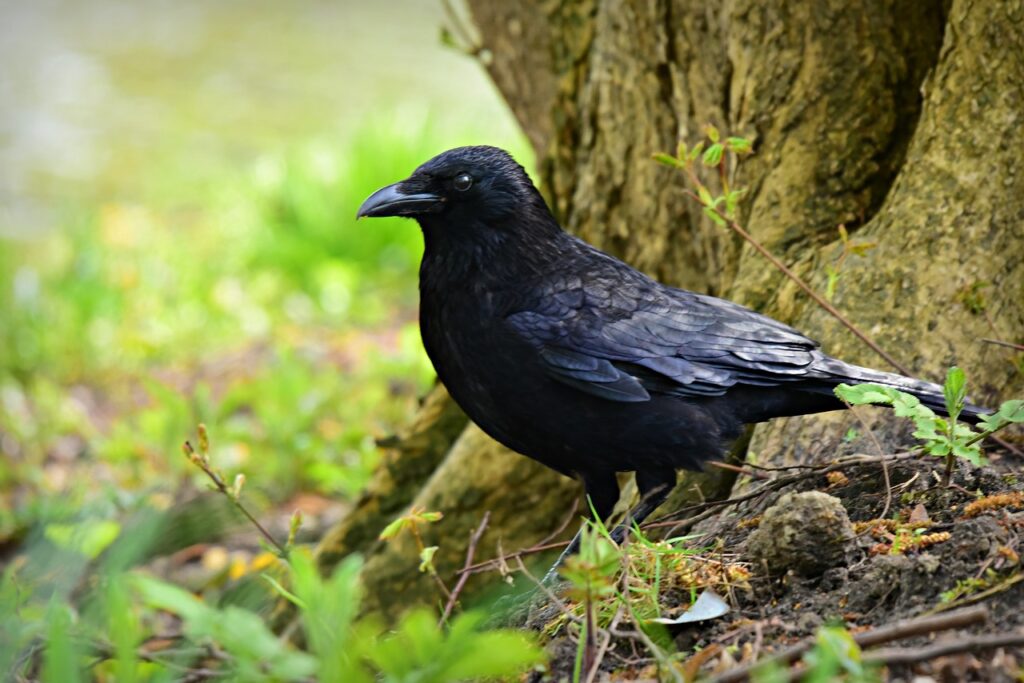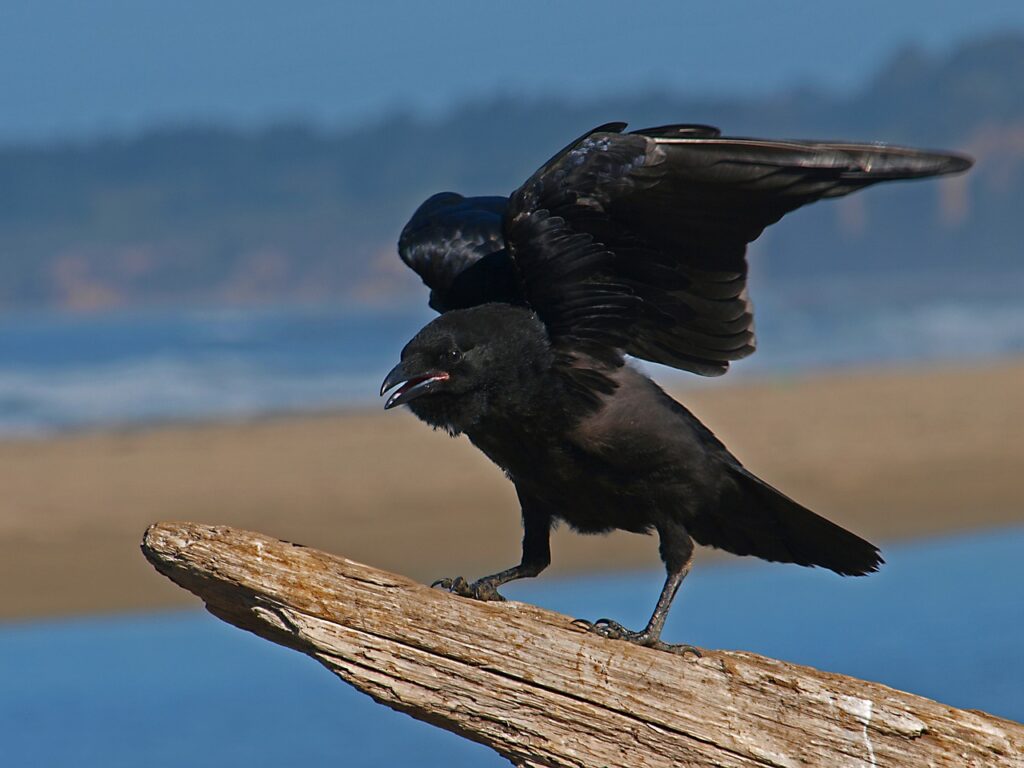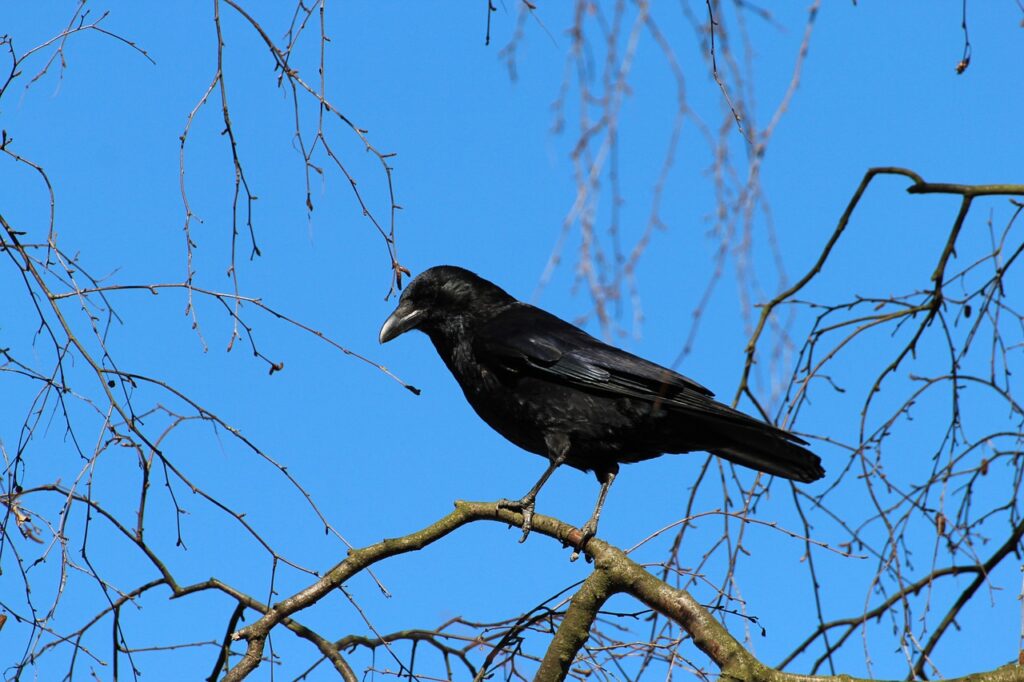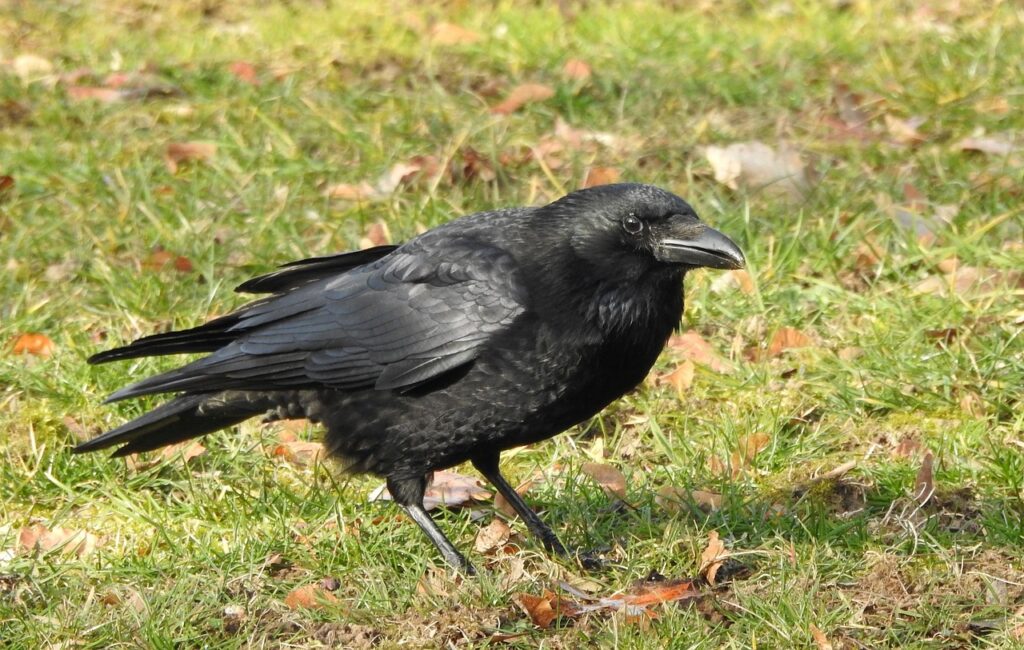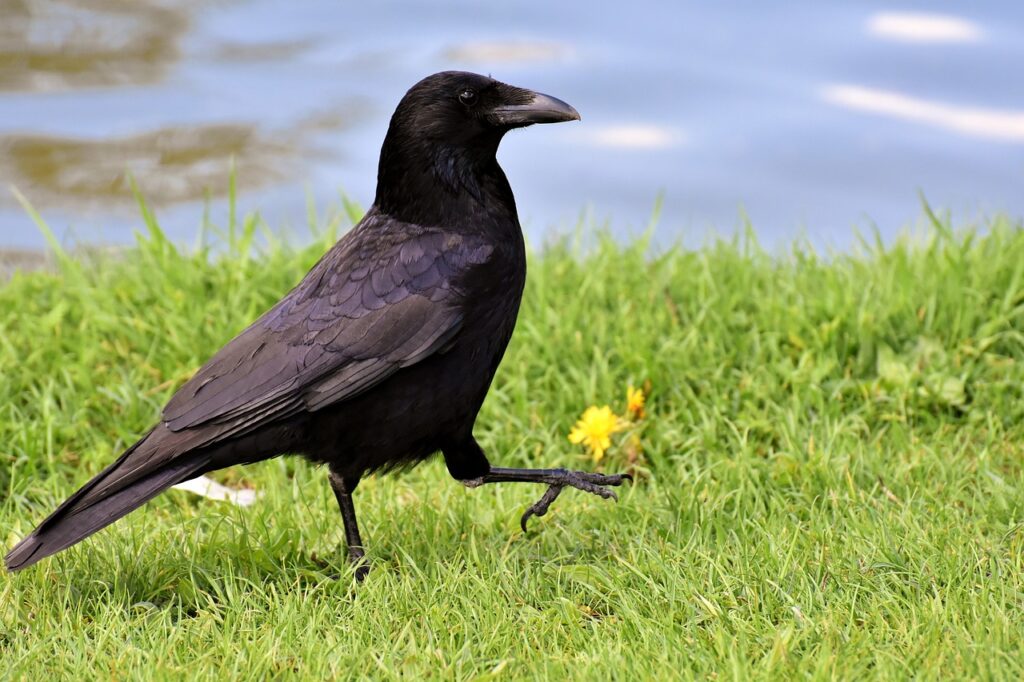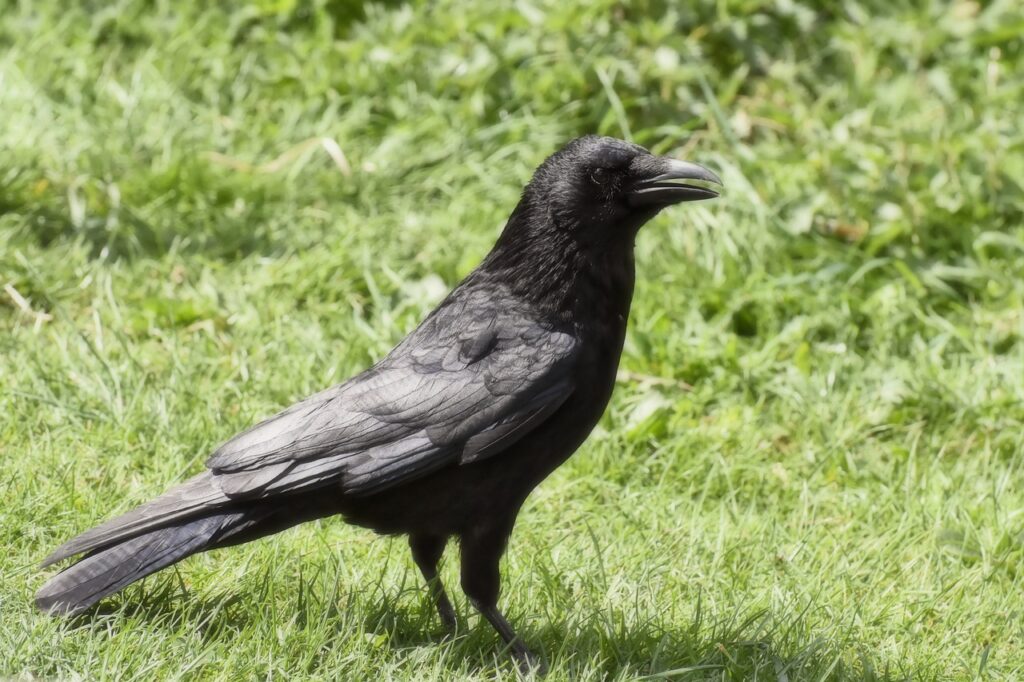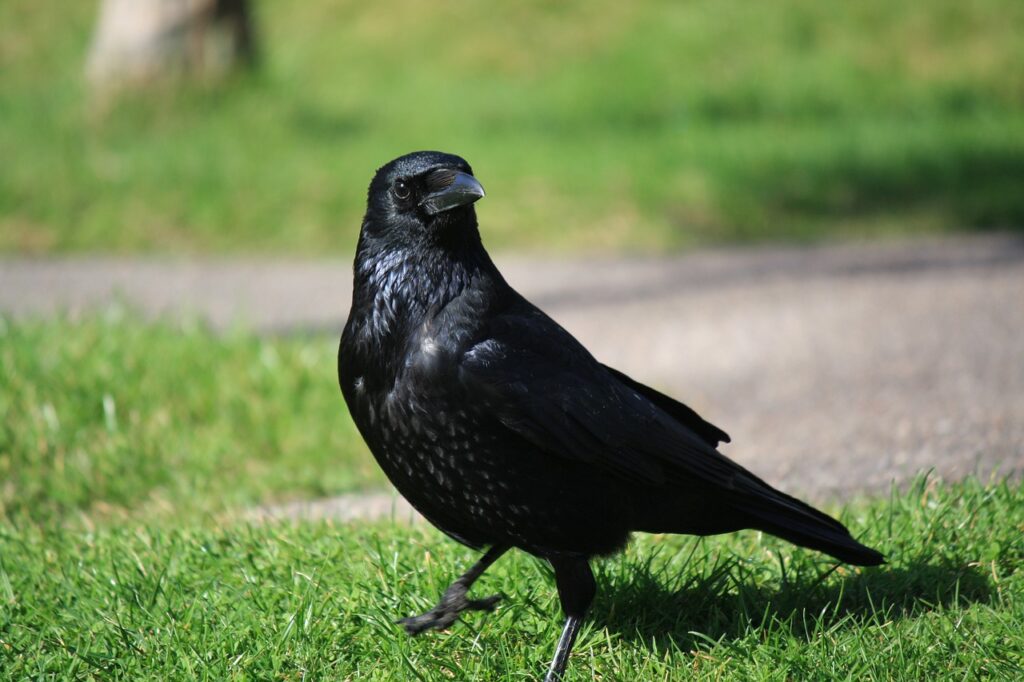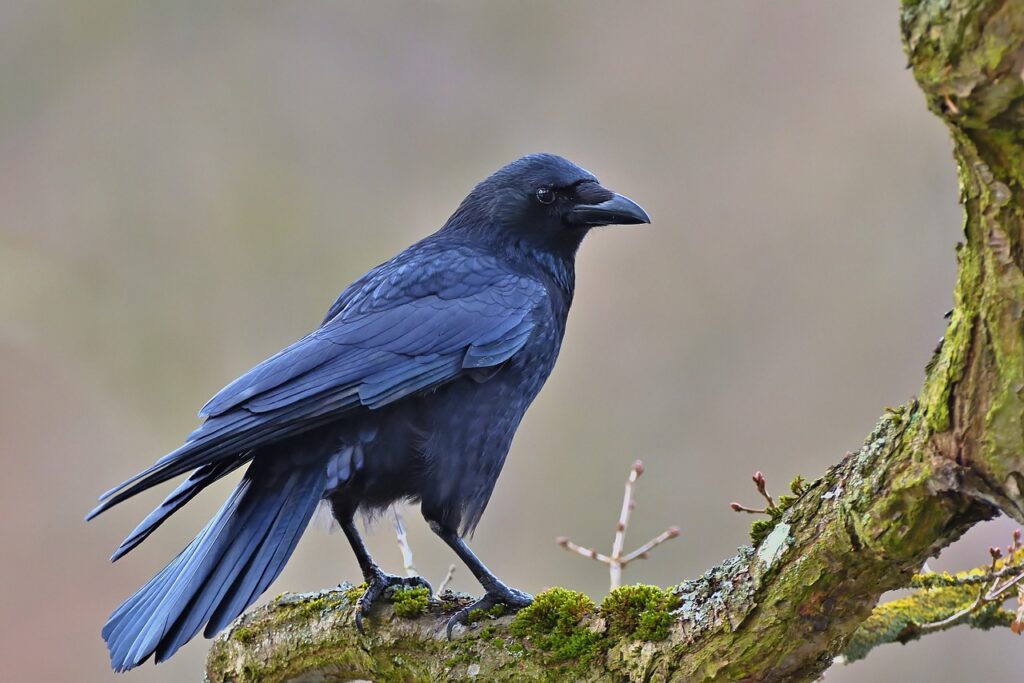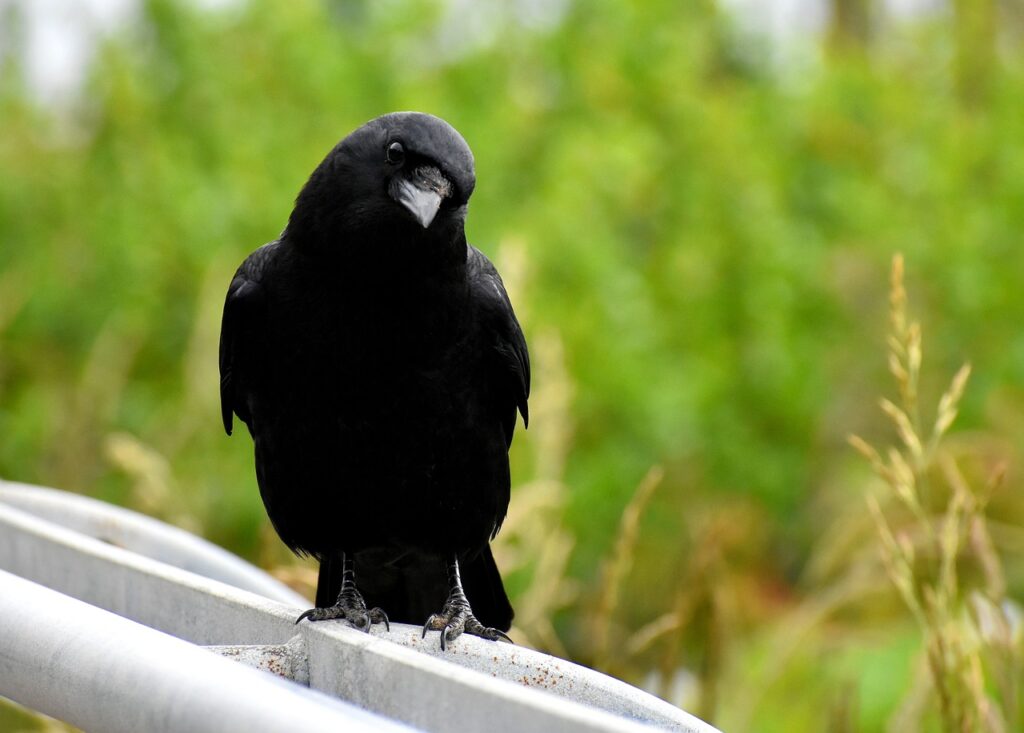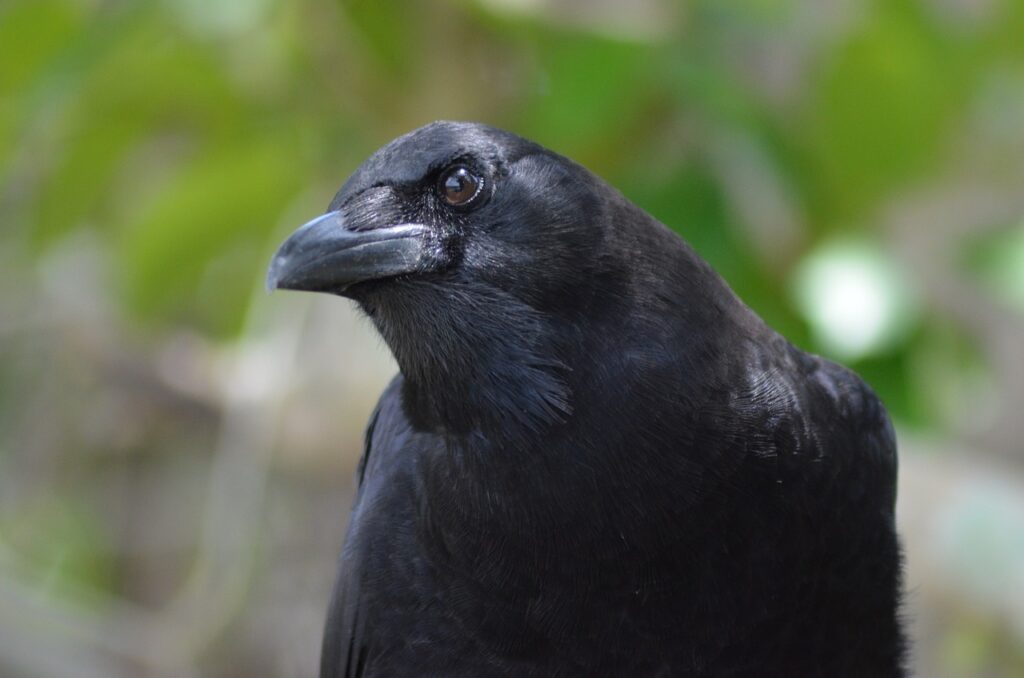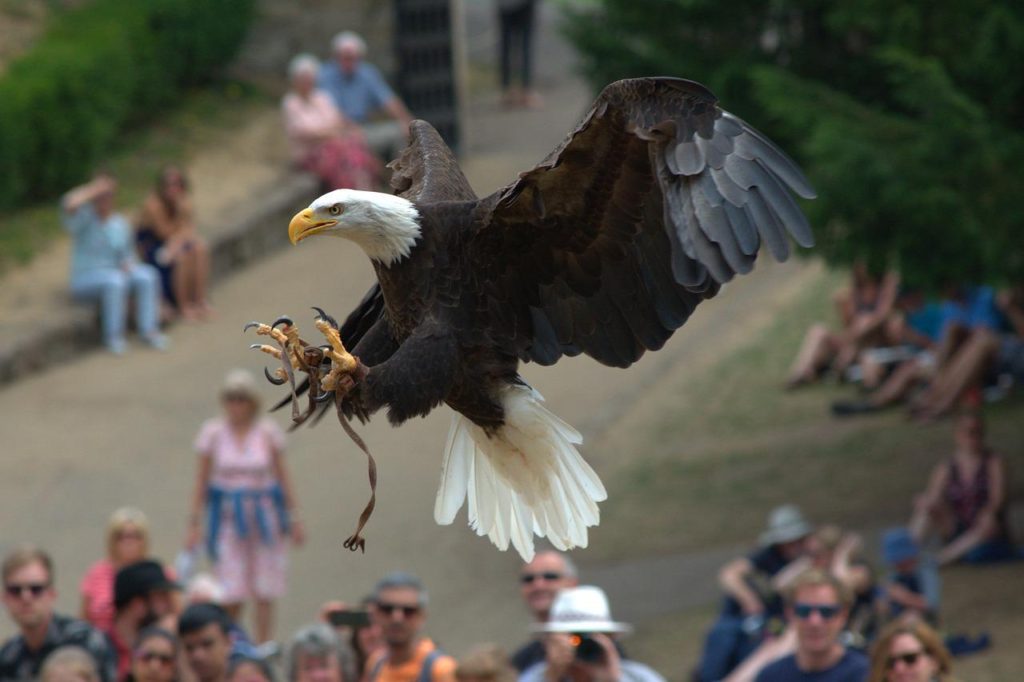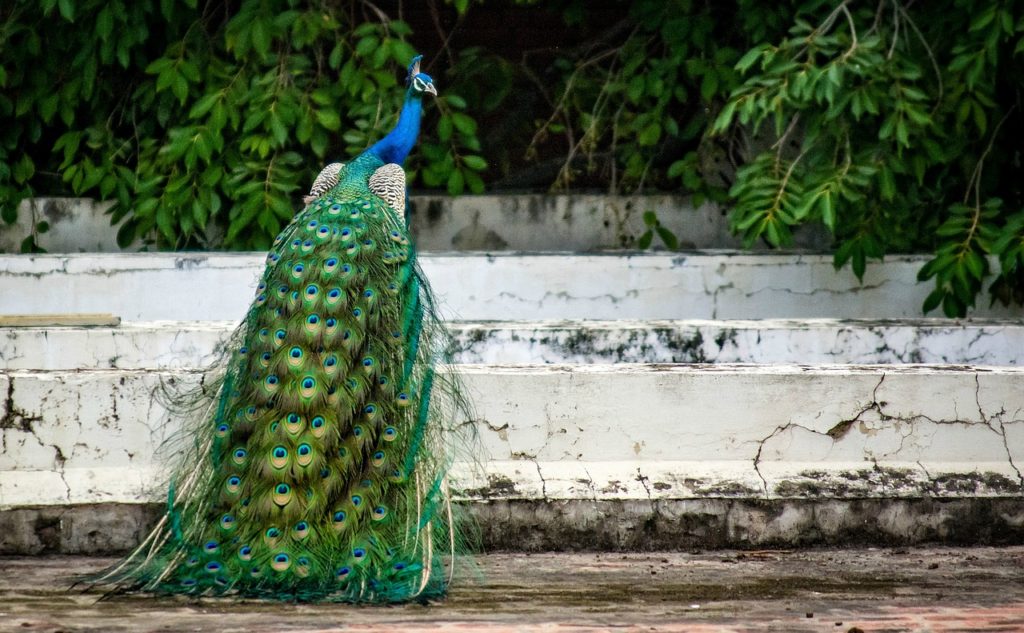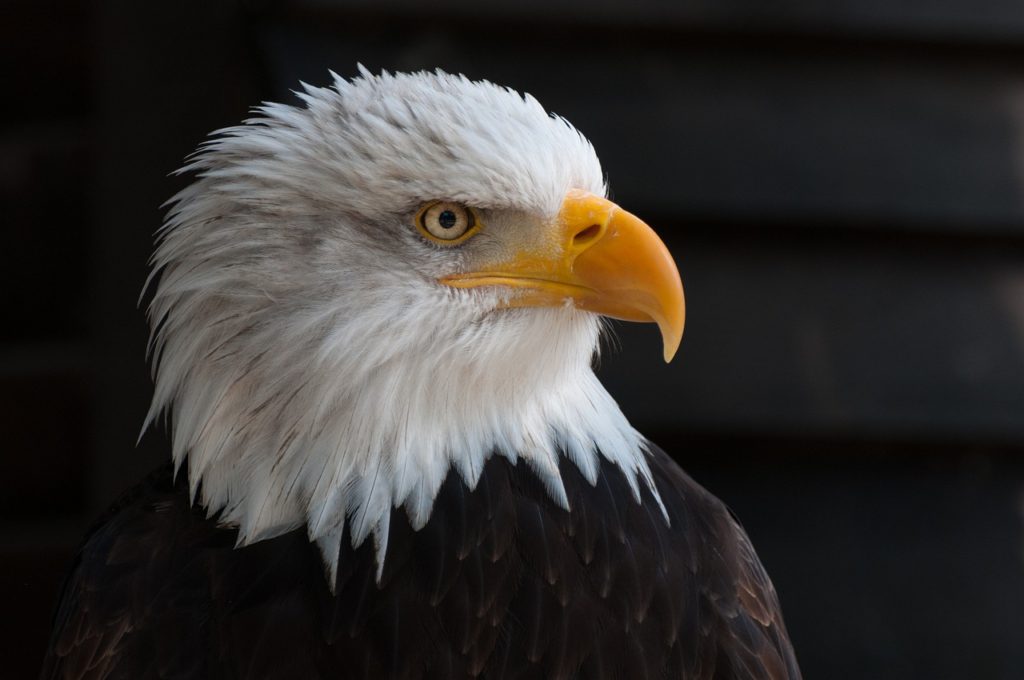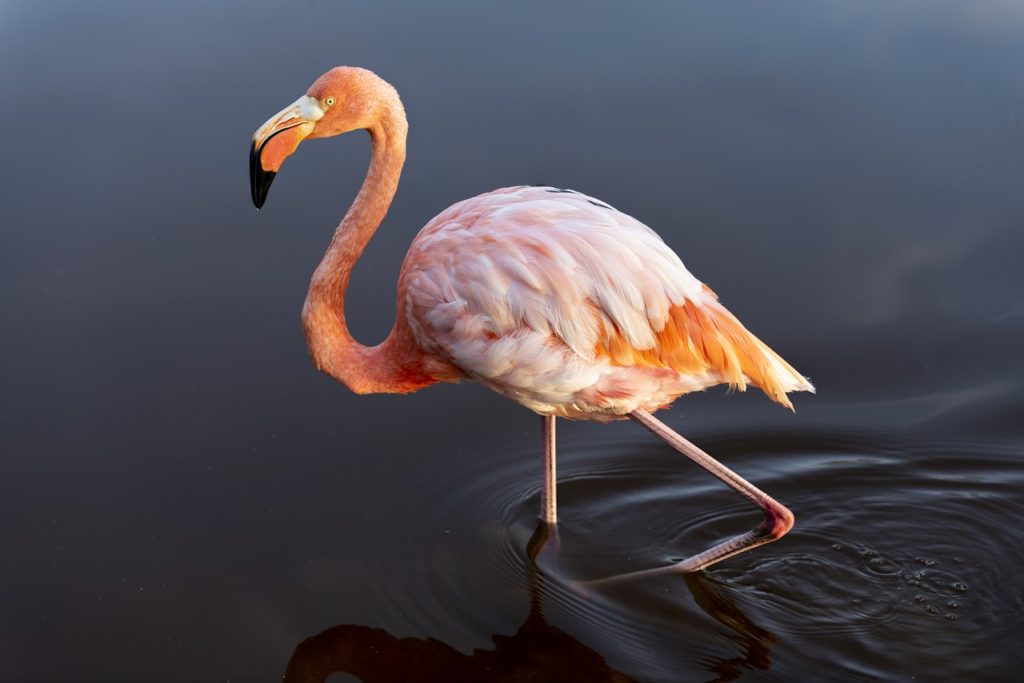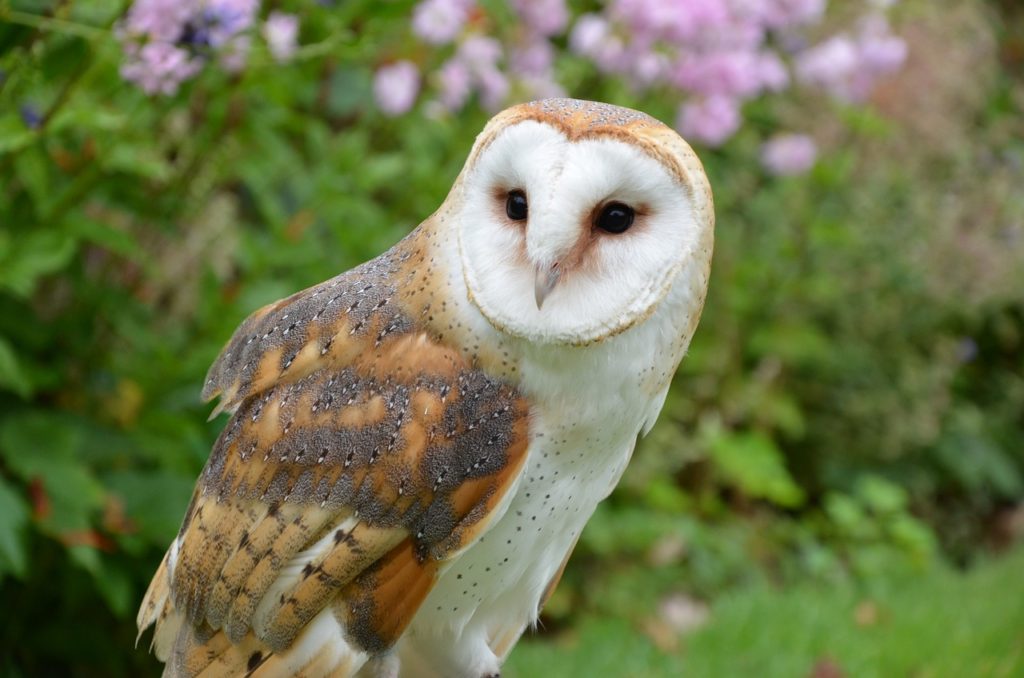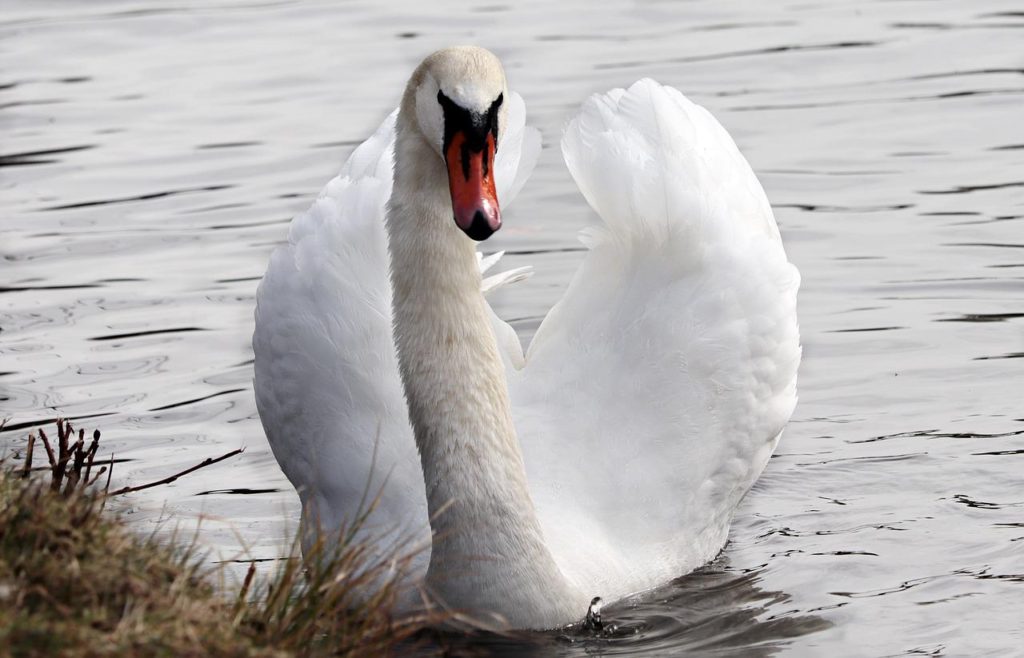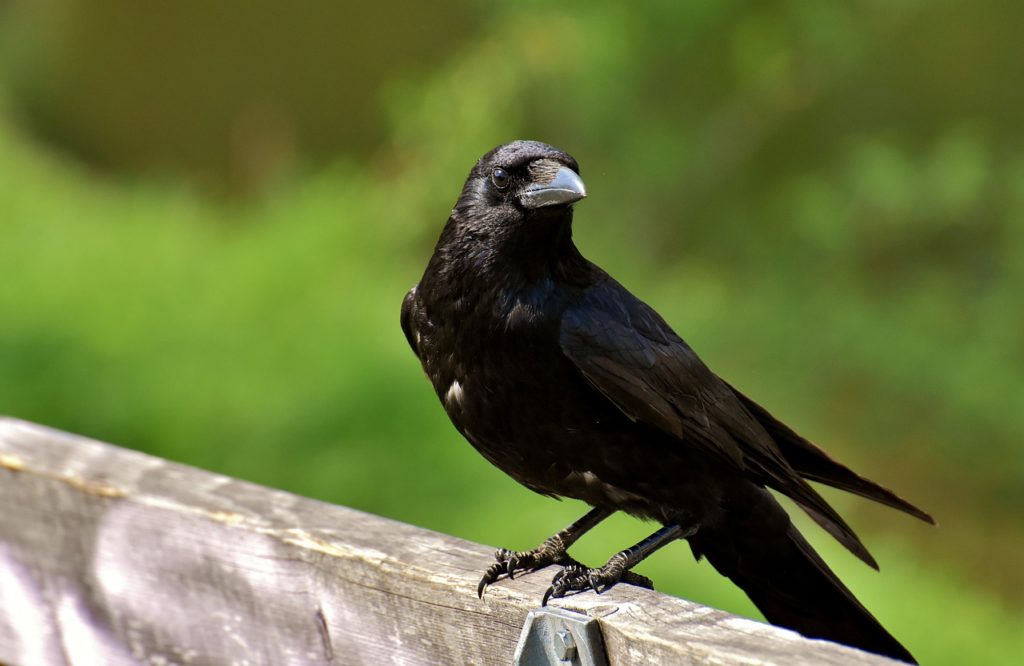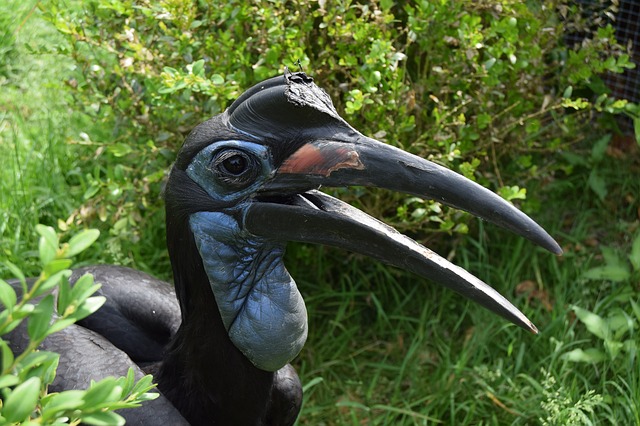
The birds we see today evolved from dinosaurs. Many species have changed so much that they don’t really resemble their ancestors much at all. Yet there are still a handful of birds that look as if they have stepped right out millions of years in the past. So here are some of the most prehistoric-looking birds in the world.
Toco Toucan
The toco toucan is the largest of all toucan species. And it has a huge serrated bill that makes it appear to have dino-like teeth. These serrations actually help the toco toucan to eat fruit which makes up the majority of its diet. Its humongous bill is actually the largest, relative to body size, of all birds.
Sandhill Crane
The sandhill crane is a tall bird with a long neck and large wingspan. Not only do these birds look like they come from another time period, they actually do. Fossils of sandhill cranes have been found that date back to several million years ago.
Pelican
The pelican is a big fish-eating water bird. It has a long beak and unique throat pouch which it uses not only to scoop up its prey from the water but to also drain out the water before the prey is swallowed. These big birds sometimes scoop up other prey as well such as lobsters, crabs, and even birds. The pelican is actually the closest relative of another prehistoric-looking bird: the shoebill.
Andean Condor
The Andean condor has prehistoric proportions and an appearance to match. It is the largest flying bird on the planet and has a wingspan that reaches close to 11 feet (3.4 meters) in width. And its bald head looks similar to that of a dinosaur. A featherless head helps to keep the bird clean when feasting on the carcasses of dead animals.
Greylag Goose
The greylag goose is a large goose species that have grayish-brown plumage, pink feet, and an orange bill. Its bill actually has serrated edges that make it seem as if it has fearsome teeth. These edges are used to help the goose cut soft plant material when feeding. Its bill also has a hard point at the end which is used to help it gouge out pieces of large tubers.
Emu
The emu is the largest bird in its native homeland of Australia and the second largest in the world. Amazingly it can reach prehistoric sizes of up to about 6 feet (around 2 meters tall). It reaches this size and is fully ground at only around 6 months of age. This flightless dinosaur-looking bird is also equipped with big sharp claws on each of its three-toed feet which it uses as weapons to kick potential threats.
Ostrich
The ostrich could be the most prehistoric-looking bird of all, just based on its size. It is the biggest bird in the world. Some ostriches tower at over 9 feet (close to 3 meters) tall. And they can weigh more than 300 pounds (136 kg.). These giants also lay gigantic eggs which typically weigh around 3 pounds (1.4 kg.). Like the emu, the ostrich is also flightless.
Abyssinian Ground Hornbill
The Abyssinian ground hornbill is a unique-looking bird, to say the least. This large species has a horn-like casque on top of its bill and stands around 3 feet tall (about 1 meter).
It is a predator and is usually found on the ground where it hunts and kills small animals with its long curved bill. Adult birds have a distinct patch of bare blue skin around their eye and on their upper throat. Males also have an inflatable patch of bare red skin on their necks as well.
Great Cormorant
The great cormorant is a large black prehistoric-looking sea bird. Because of its looks, it is often compared to a pterodactyl. Unlike the pterodactyl, however, the great cormorant feeds on fish which it dives underwater to catch. The scale-like plumage of the great cormorant is also a reason many people think this species looks reptilian.
Roadrunner
Like a speedy little Velociraptor, the roadrunner chases down its prey on foot. This small bird typically runs around 20mph (32 km/h) and eats a range of animals including snakes, lizards, and small mammals among many others. Even venomous rattlesnakes and scorpions, along with the tarantula hawk (a wasp famous for its incredibly painful sting) are on the menu for these opportunistic and prehistoric-looking birds.
Start Shopping for Birding Supplies!
Crow Symbolism: Everything You Need To Know
Ever wondered why the crow has captured the imagination of so many cultures throughout history? Let's embark on a fascinating journey through the world of crow symbolism, unraveling its mysteries and discovering its significance across various cultures, religions, and...
Creepy Facts About Crows
Crows are highly intelligent birds that have thrived alongside us humans. However, while they are fascinating creatures, at the same time, there are many things about them that many people find quite unsettling. That being said here as some of the most creepy facts...
Why Are Crows So Loud?
As anyone who has heard their loud "caws," can tell you, crows are very noisy birds. In fact, they are considered one of the loudest of all bird species. But why are crows so loud? Read on to find out. The Importance Of Vocalizations Crows use vocalizations to pass on...
Do Crows Remember Faces?
Crows are known for their intelligence. But do crows remember faces? You bet they do! Here's what you'll want to know. Crow Intelligence Crows are brilliant birds. In fact, their level of intelligence is often compared to that of primates. They are so smart that they...
Why Are Crows Black?
American crows are birds with all-black plumage. But why are crows black? Well, there are several reasons. Read on to find out. Bird Color Basics Birds are some of the most colorful creatures on the planet. And they come in an amazing range of colors from white to...
Are All Crows Black?
When it comes to crows, most people are familiar with the image of a sleek-looking solid black bird. But are all crows black? No, they aren't. Here's what you'll want to know. The American Crow Is Not All Crows The American crow is found throughout most of North...
How Long Do Crows Live?
How long do crows live? That's one of the many questions people ask about these familiar all-black birds. Here's what you'll want to know about the lifespan of crows and what affects it. How Long Do Crows Live In The Wild? In the wild American crows have a lifespan of...
Enemies Of Crows
Crows are a common sight in many parts of the world. However, most of us don't realize that these distinctive jet-black birds face a range of threats even when they are in our own backyards. The following are the main enemies of crows. Natural Predators of Crows One...
Predators of Crows
In many places, crows are such a common sight that it can be easy to forget that they actually have many predators. And being "on the menu," for a range of other animals is actually why these birds are so wary. That being said, here is everything you'll want to know...
Are Crows Territorial?
Are crows territorial? The answer is yes. However, just how territorial they are can depend on several factors. Here’s what you’ll need to know. Territoriality In Birds Territoriality is the behavioral trait of defending and maintaining a specific area territory...
What Eats Crows?
Crows are large and highly intelligent birds that eat a wide variety of foods including many other animals. So, what eats crows? Here are the most common crow predators and what you’ll want to know about them. Birds Of Prey The birds of prey are a group of predatory...
Are Crows Friendly?
Crows are commonly seen, and heard, in close proximity to us in our towns and cities. But are crows friendly? The answer may surprise you. Crows Are Highly Social Birds Crows are social birds that live in family groups. And they are well known for forming close bonds...
Do Crows Mate For Life?
Do crows mate for life? Yes, they do. And this behavior is highly advantageous to them. Here's what you'll want to know. How Do Crows Attract A Mate? Crows are social birds; most of the year, they live in small family groups. During the breeding season, however,...
Birds With Talons
All birds have claws. However, only a few types have the scary-looking and dagger-sharp claws called, “talons”. So here are the birds with talons and what you’ll want to know about each of them. What Are Talons? Talons are the claws of a group of predatory birds known...
Birds With Tails
Just like birds themselves, birds’ tails come in a wide range of shapes and sizes. And some tails of course are more interesting and remarkable than others. The following are birds with tails that never fail to impress! Long-Tailed Tit The long-tailed tit, also known...
Birds With White Heads
There's no doubt about it, birds with white heads really stand out. From small to large they are quite a unique bunch. So here are some of the most fascinating white-headed birds and what you'll want to know about them White-Headed Vulture The white-headed vulture is...
Birds That Look Like Flamingos
Flamingos are wading birds with long necks and legs. These social birds live in groups and have strongly hooked downward-facing beaks which they use to feed on shrimp and other small water creatures. And they are famous for their stunning pink color. With such a...
How To Attract Owls To Your Yard
Owls are nocturnal birds of prey that can be extremely helpful when it comes to controlling rodent populations in a natural way. That is of course if you can attract them to your property by creating an owl-friendly habitat. So keep reading to find out how to attract...
Why Would A Swan Be Alone?
It's widely known that swans are incredibly social and romantic creatures, so it can be disconcerting when you encounter a solitary swan. However, there are several reasons why this might be. So why would a swan be alone? Here's what you'll want to know. But first,...
How To Attract Crows To Your Yard
Crows aren’t always pests as many people believe. In fact, these super smart birds can actually help to rid your property of many common backyard and garden pests themselves. So here’s your step-by-step guide on how to attract crows to your yard! Step 1. Create A...


